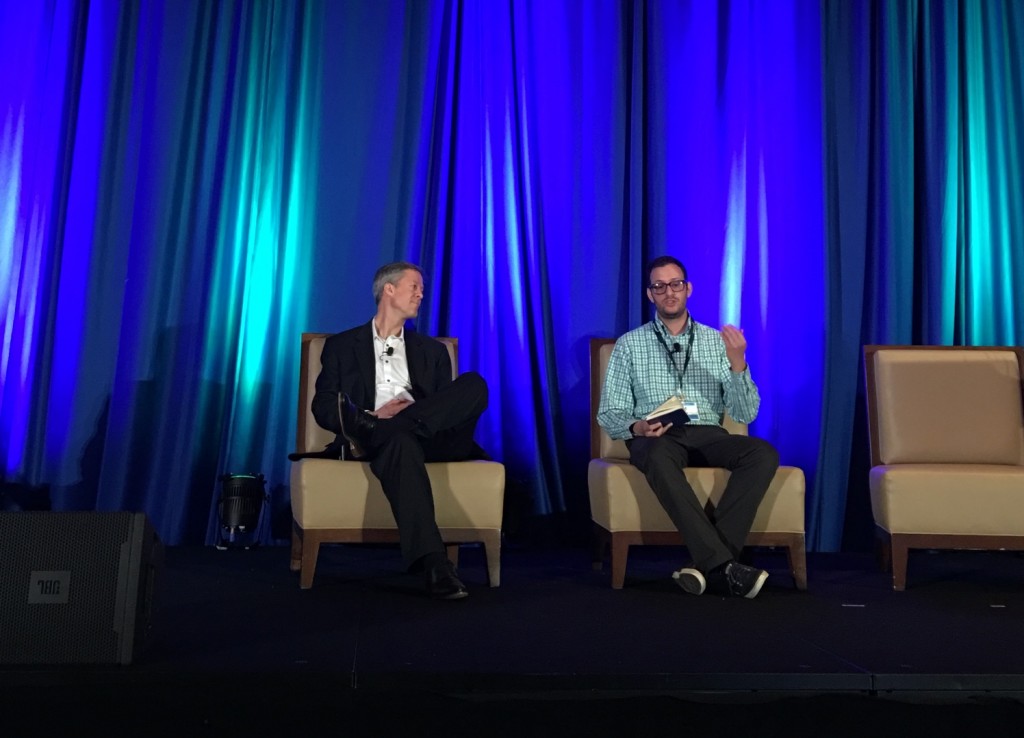Open data has become the catalyst for driving insightful, engaging and meaningful interactions between government agencies and citizens.
People don’t want to scour the Web or dig through multiple government websites to get answers to questions or to find empirical data about issue that matter most to them. They want easy access to data, in formats that best meet their needs.
That’s the kind of experience the National Agriculture Library (NAL) is providing citizen scientists, journalists and anyone interested in agricultural research data, said Adam Kriesberg, Postdoctoral Scholar at NAL. The federal library is a part of the U.S. Department of Agriculture’s Agricultural Research Service and houses one of the world’s largest collections devoted to agriculture and its related sciences.
Speaking at GovDelivery’s 9th Annual Digital Communications Summit in Washington, D.C., Kriesberg shared his experience using open data to bring the NAL into the 21st century.
“Open data is a natural extension of the agency’s mission,” Kriesberg said. NAL’s open data efforts were also propelled by a 2013 White House mandate to increase public access to the results of federally funded research.
NAL responded by using GovDelivery’s open data solution to create a centralized repository for data relevant to agricultural research, including existing data on the Web and data published for the first time. The repository, called Ag Data Commons, was built using DKAN, which combines Drupal functionality with open source CKAN features.
In simple terms, think of DKAN as the way that governments develop open data projects, said Andrew Hoppin, President of GovDelivery Open Data Solutions. It’s the lead open source, open data platform used by various governments around the world.
“DKAN is the way that we are using software to obtain data and move it toward other federated systems like data.gov,” Kriesberg noted.
Through its partnership with GovDelivery, NAL:
- Published almost 200 datasets since launching Ag Data Commons
- Became compliant with the federal open data directive
- Facilitated more transparent science through literature linking, reference features and dataset citing and referencing
“They are pushing the envelope,” Hoppin said. “They are really focused on serving their constituents in the ag science community — a specialized community.”
The power of DKAN is that it provides flexibility and enables agencies like NAL to meet the needs of its users.
Whether you’re just starting your open data journey or far along in publishing public portals, we can all benefit from tips and lessons learned. Here are a few from Hoppin and Kriesberg:
- Open data, and the tools that enable it, are all about information and making it available. “It’s not as scary as it sounds,” Hoppin said. For those of you already in this space, try to demystify things for people who aren’t data geeks.
- Think about your information holistically, including blog posts published on your website, spreadsheets and other data you create, store and share.
- Understand what is going to be required to comply with a mandate and to make a product or system that people want to use and understand how to use. Continue developing relationships with your users to understand their evolving needs.
To check out all that the GovDelivery Digital Communications Summit, “Transforming the Citizen Experience,” had to offer, head here.
